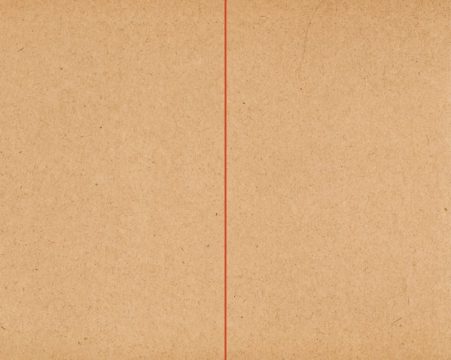The Meridian project is a series of large format black and white photographs taken in England on the line of zero degrees longitude. Using GPS technology to establish accurate locations, Johnston took photographs on this line from coast to coast, with the camera facing either due north or due south. A vertical fluorescent orange line was then superimposed in the center of the photographs to represent the line of zero degrees longitude. The addition of the line transgresses the conventional purity of the photographic picture plane and makes visible that which is invisible/theoretical/conceptual. This graphic intervention mirrors the way we superimpose a rational grid over the globe, mapping and regulating space and time to better coordinate and facilitate international trade and navigation.
Although a prime meridian was established in the Greenwich Observatory in London in the late 18th century, many other countries used their own prime meridians, causing much confusion, and it was not until an International Meridian Conference in 1884 that it was agreed that Greenwich would become the global Prime Meridian.
This cross-section portrait of a country also deals with the way in which time is measured, the Prime Meridian being the international dateline from which all other time zones are calculated. Thus time and navigation are also subjects of the series. The photographs depict the span of history, from ancient churches to industrial buildings, as well as various forms of transportation, by road, rail and air and from barges to ocean vessels.
Meridian
von Simon Johnston
